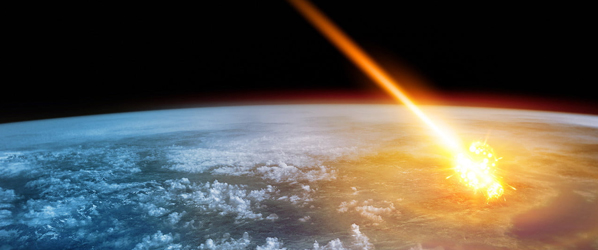
If reality ever follows Hollywood movies like Armageddon or Deep Impact and a massive chunk of space debris comes hurling toward our planet, then we’re in trouble. New evidence shows that asteroids are even tougher and harder to destroy than we previously thought.
Researchers at Johns Hopkins University used computer modeling to simulate what would happen when an asteroid collided with another object. They wanted to understand more about how asteroids form in order to help with potential asteroid mining efforts and also, in true disaster movie style, to “aid in the creation of asteroid impact and deflection strategies.”
Previous understanding of asteroids was based on work at what is called “laboratory scale,” meaning looking at the properties of rocks about the size of a fist. When researchers in the early 2000s used this data to extrapolate to what would have when a large asteroid of around 25 kilometers (15.5 miles) in diameter struck an object like a planet, their results indicated that the asteroid would be totally annihilated by the impact.
Since then, however, we’ve learned a lot more about asteroids’ composition and other physical properties. When this was taken into account, the new model showed that the asteroid would be more impervious to cracking than the previous model indicated and that it would continue to hold together even when bombarded with considerable force.

“We used to believe that the larger the object, the more easily it would break, because bigger objects are more likely to have flaws,” Charles El Mir, first author of the paper and a Ph.D.graduate from the Johns Hopkins’ Department of Mechanical Engineering, said in a statement. “Our findings, however, show that asteroids are stronger than we used to think and require more energy to be completely shattered.”
This means we need to rethink our approach to protecting the planet from asteroids, as if one large enough to threaten Earth were to be spotted it would be difficult to destroy it. Other approaches like changing its angle of approach may be more effective. “It may sound like science fiction but a great deal of research considers asteroid collisions,” El Mir said. “For example, if there’s an asteroid coming at Earth, are we better off breaking it into small pieces, or nudging it to go a different direction? And if the latter, how much force should we hit it with to move it away without causing it to break? These are actual questions under consideration.”
The findings are published in the journal Icarus.



